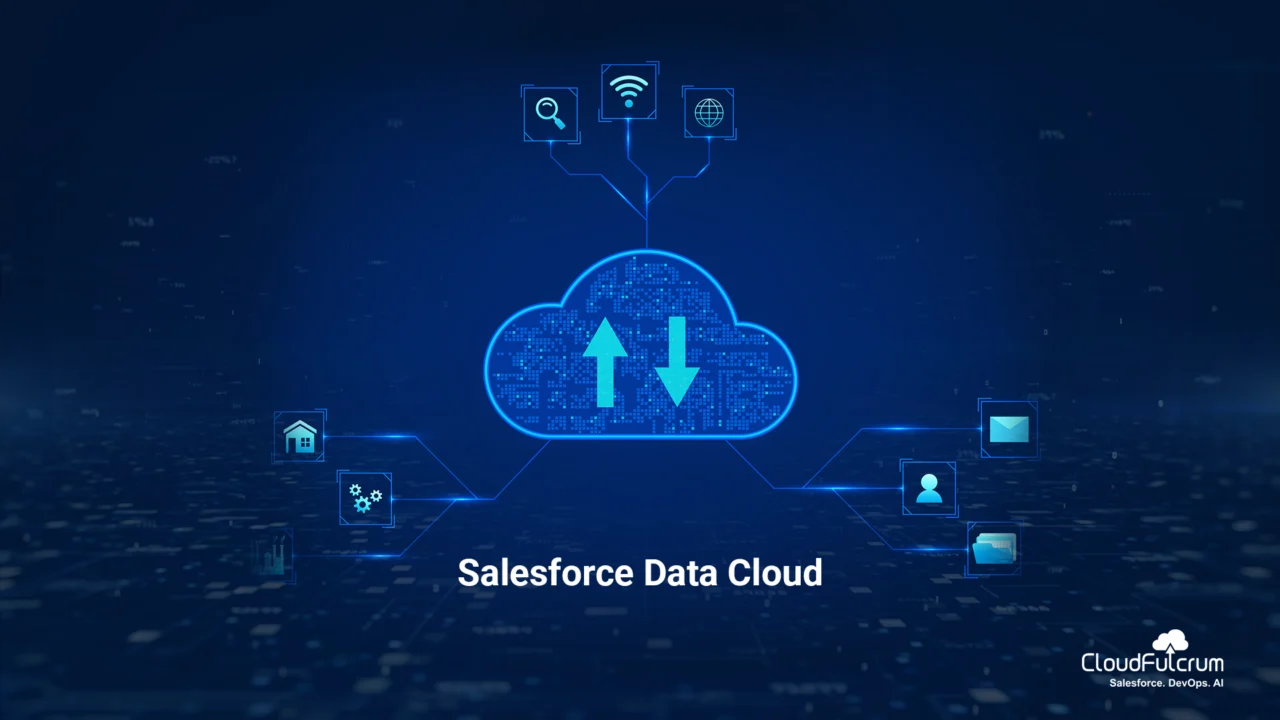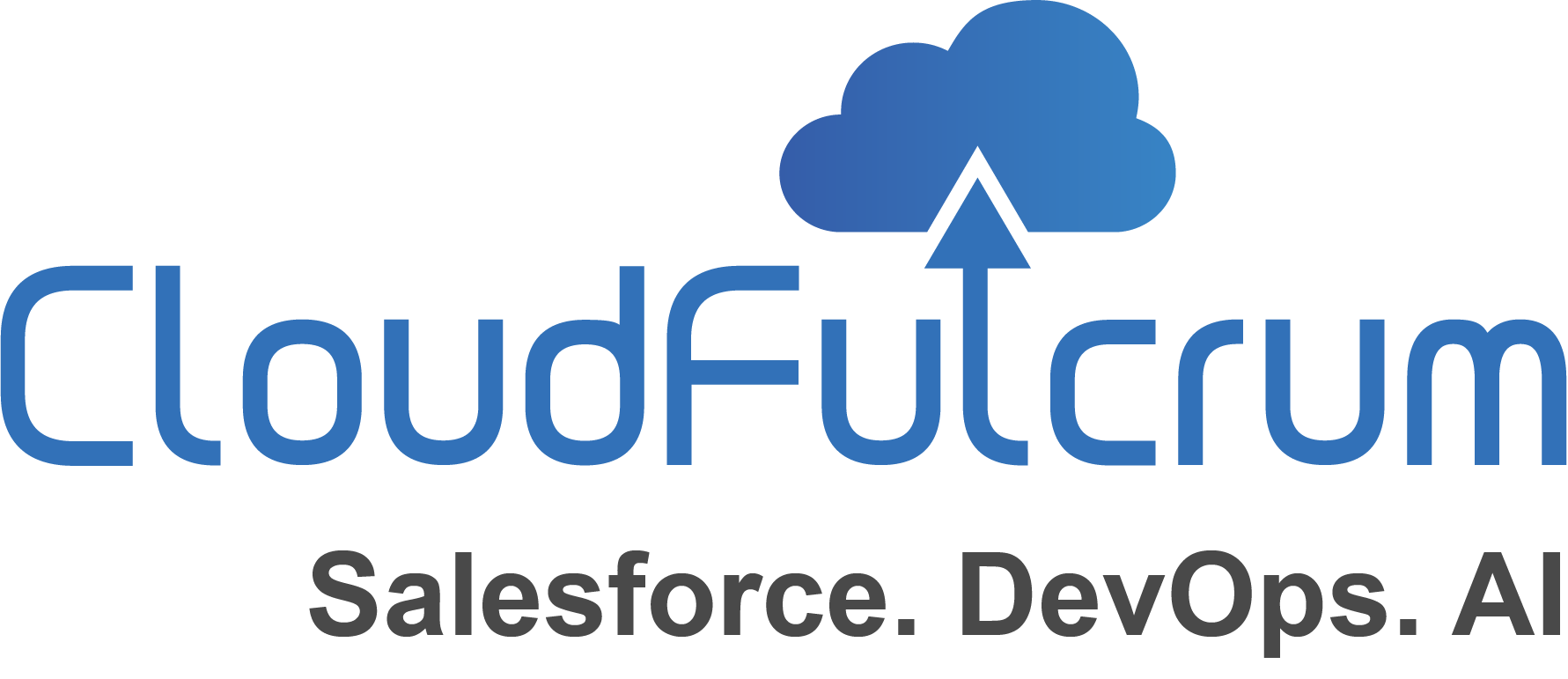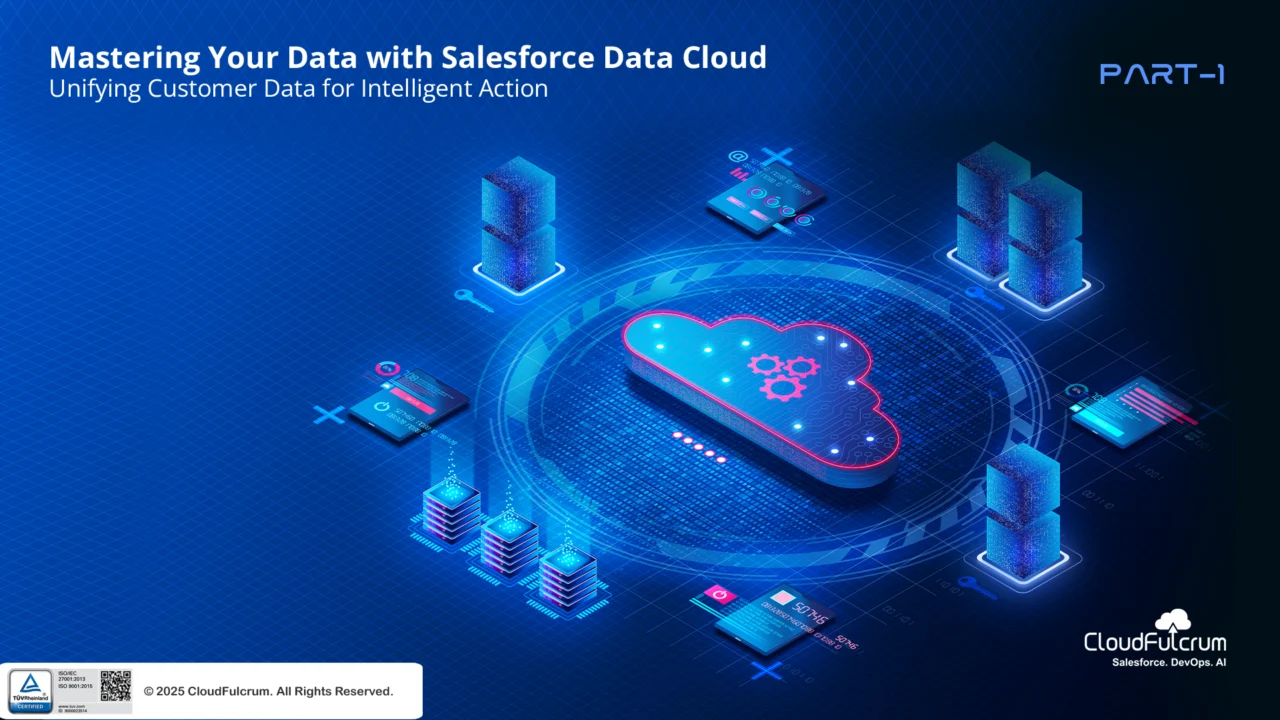In today’s hyper-connected digital landscape, businesses interact with customers across an ever-increasing number of channels – websites, mobile apps, social media, email, in-store visits, service calls, and more. Each interaction generates valuable data, but this data often ends up trapped in disparate systems: your CRM, marketing automation platform, e-commerce platform, service desk, data warehouses, and legacy systems.
The result? Siloed data creates fragmented customer views. You might know a customer’s recent purchase history from your e-commerce system, their service ticket details from your service desk, and their marketing engagement from your marketing cloud, but getting a single, coherent picture of who they are across all these interactions is incredibly challenging. This lack of a unified view prevents true personalization, hinders effective decision-making, and limits your ability to deliver consistent, intelligent experiences.
This is where a Customer Data Platform (CDP) becomes essential, and Salesforce Data Cloud stands out as a powerful solution integrated directly into the world’s leading CRM. This series will guide you through how Data Cloud helps you master your customer data to drive intelligent action. In this first post, we’ll introduce Data Cloud, explain why a unified customer view is critical, and explore the foundational steps of bringing your data together: ingestion, harmonization, and identity resolution.

What is Salesforce Data Cloud?
At its core, Salesforce Data Cloud is a real-time customer data platform designed to unify data from every touchpoint across your organization. It’s built on the Salesforce platform and engineered to ingest, harmonize, and activate vast volumes of data at scale, creating a single, dynamic profile for each customer. Think of it as the central nervous system for all your customer data, enabling a comprehensive, 360-degree view that was previously impossible to achieve with fragmented systems.
Why a Unified Customer View is Critical Today
In an age where customer expectations are higher than ever, a unified view of your customer is no longer a luxury – it’s a necessity. Without it, you’re likely facing challenges such as:
- Fragmented Customer Experiences: Customers receive inconsistent messaging or support because different departments have incomplete pictures of their history and preferences.
- Ineffective Personalization: Marketing efforts miss the mark, sales outreach isn’t timely, and service interactions lack context because you can’t segment or understand customers based on their complete journey.
- Delayed Insights: Valuable data is locked away in silos, making it slow or impossible to generate timely insights into customer behavior, market trends, or operational performance.
- Operational Inefficiencies: Employees waste time manually searching for customer information across multiple systems, leading to slower response times and increased costs.
- Inaccurate Reporting and Analytics: Without a single source of truth, generating accurate reports on customer metrics and overall business performance becomes unreliable.
A unified customer view powered by Data Cloud solves these problems by providing a single, accessible, and real-time source of truth for every team interacting with the customer.
Key Capabilities of Salesforce Data Cloud: Building the Data Foundation
The first step in mastering your data with Data Cloud is establishing a solid data foundation. This involves bringing data into the platform, organizing it, and resolving identities.
- Data Ingestion: Data Cloud is designed to ingest data from virtually any source. This includes native connectors to all Salesforce clouds (Sales Cloud, Service Cloud, Marketing Cloud, Experience Cloud, etc.), as well as connectors for external systems, data lakes, data warehouses, websites, mobile applications, and more. The platform can handle data in various formats and at different frequencies – from batch uploads to real-time streaming – ensuring you have the most up-to-date view of your customer.
- Data Harmonization: Once data is ingested, it needs to be harmonized. Data often comes in with different schemas, naming conventions, and structures from various source systems. Data Cloud provides tools to map this disparate data into a common, unified data model. This process transforms the data into a consistent format that can be easily understood and utilized across the platform, regardless of its original source.
- Identity Resolution: This is a critical step in creating that single, unified customer view. Data about the same individual might exist in multiple source systems with different identifiers (e.g., an email address in the marketing system, a customer ID in the service system, a loyalty number in the e-commerce system). Data Cloud uses powerful identity resolution rules (based on factors like email, phone number, address, custom IDs) to match and link these disparate records, consolidating them into a single, master profile for each unique individual. This process creates a “golden record” for each customer, providing a complete history of their interactions across all touchpoints.
By effectively executing these foundational steps – ingesting data from everywhere, harmonizing it into a common model, and resolving disparate identities – Salesforce Data Cloud creates the essential single source of truth for your customer data.
Setting the Stage for Intelligent Action
Establishing this unified data foundation is the critical first step. This clean, consolidated, and real-time customer data is what powers the advanced capabilities of Data Cloud and the broader Salesforce ecosystem. It’s the fuel for precise segmentation, insightful analytics, and the intelligence behind AI features, including those within platforms like Agentforce.
Partnering for Data Mastery
Implementing a platform as comprehensive as Data Cloud requires expertise in data strategy, architecture, and integration. CloudFulcrum specializes in helping businesses design and implement robust data solutions. We understand the complexities of unifying data from diverse sources and can help you leverage Data Cloud to build a solid, intelligent data foundation for your organization.
Conclusion
The challenge of siloed data is a major hurdle for businesses striving to deliver exceptional customer experiences and drive intelligent action. Salesforce Data Cloud directly addresses this by providing the capabilities to ingest, harmonize, and resolve customer identities, creating a vital single source of truth. This unified data foundation is the key to understanding your customers deeply and unlocking new possibilities.
In the next blog post in this series, we will explore how you can leverage this unified data to unlock significant business value through powerful segmentation, insightful analytics, and seamless data activation across your organization. Stay tuned!

